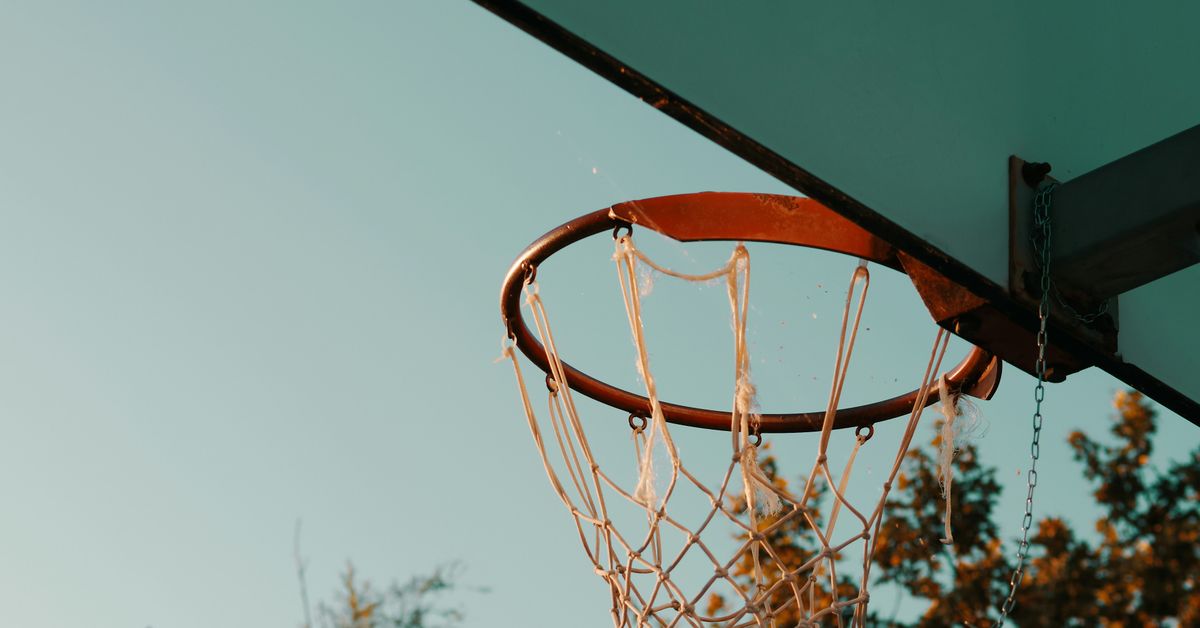Elevate Your Game with These Unconventional Training Techniques
In the world of sports, the quest for improvement is relentless. Athletes are always searching for that edge, that secret ingredient that can catapult their performance to new heights. Conventional wisdom often points to regular drills, scrimmages, and strength training. But what if I told you that some of the most effective strategies to enhance your game lie in the unlikeliest of places? That’s right, folks! We’re diving into unconventional training techniques that could revolutionize your approach to athletics.
1. Visualization: The Mind’s Eye
When we talk about training, it’s easy to forget about the mental aspect. Visualization is a powerful tool that athletes across various sports have employed for decades. Imagine standing at the free throw line, the crowd silent, and you can almost feel the basketball’s texture in your hands. You take a deep breath, focus, and—swish!—the ball sails through the hoop. That’s not just luck; it’s a product of mental rehearsal.
Experts suggest that visualizing success can enhance your actual performance by solidifying neural pathways in your brain. A study published in the Journal of Sports Sciences found that athletes who practiced visualization paired with their physical training improved performance by nearly 30%. So, next time you’re sitting on the bus headed to a game, close your eyes and picture yourself nailing that game-winning shot. (Just don’t do it while driving—safety first!)
2. Controlled Chaos: The Power of Random Practice
Let’s take a moment to consider how most athletes train. They often follow a regimented, predictable routine. This is where the concept of “random practice” comes in—an approach that can sound counterintuitive but has shown remarkable results. Random practice involves mixing up the types of drills and skills during training sessions instead of focusing on one skill at a time.
For example, a basketball player might practice shooting layups, free throws, and three-pointers all in one session rather than dedicating an entire hour to just shooting free throws. Research indicates that this method can lead to better retention and transfer of skills. I remember watching a segment on a tennis player who would alternate between serves, volleys, and backhands in a single practice. The unpredictability kept him sharp and adaptive, almost like a cat on a hot tin roof!
3. Meditation: Finding Your Inner Zen
We often associate meditation with relaxation, but for athletes, it’s about honing focus and reducing anxiety. Whether it’s before a big game or during a tough training session, meditation can help athletes center themselves, block out distractions, and channel their energy more effectively. I can’t help but chuckle at the thought of a room full of athletes sitting cross-legged, but trust me—this practice is gaining traction.
Research conducted by the International Journal of Sports Medicine suggests that athletes who incorporate meditation into their routines experience lower levels of stress and a heightened sense of self-awareness. Imagine stepping onto the field feeling calm and collected, ready to tackle whatever comes your way. (And let’s be honest: who wouldn’t want to feel like a Zen master before a match?)
4. Playful Training: Gamification
Remember when you were a kid, and playing sports was all about fun? Somehow, as we grow older, training becomes more about drills and less about enjoyment. Enter gamification—the process of applying game-like elements to training. This could mean setting up friendly competitions, introducing challenges, or even using fitness apps that reward you for achieving certain milestones.
For instance, a soccer coach I spoke with implemented a point system for various drills during practice. Players earned points for completing tasks, and the team that scored the most points at the end of the week got to choose the post-practice snack. Simple? Yes. Effective? Absolutely! Gamification not only boosts motivation but also reinforces teamwork and camaraderie.
5. Cross-Training: Breaking the Monotony
While specific skill training is crucial for performance, cross-training offers a break from the usual routine. It can enhance overall athleticism by allowing athletes to develop different muscle groups, improve flexibility, and reduce the risk of injury. Who would have thought that a little salsa dancing or swimming could be the secret sauce for a better basketball game?
Take a cue from professional athletes who often engage in activities outside their primary sport. A football player might take up Pilates to enhance core stability, while a sprinter could benefit from yoga to improve flexibility. The beauty of cross-training lies in its ability to keep things fresh and exciting. (Plus, it’s a great excuse to try out that new exercise class you’ve been eyeing.)
6. Sleep: The Unsung Hero of Recovery
We live in a world that glorifies hustle, but sleep is often pushed to the back burner. The truth is, sleep is one of the most critical components of an athlete’s training regimen. It’s during sleep that our bodies recover, muscles rebuild, and memories consolidate. A study reported in Sports Medicine highlighted that athletes who prioritize sleep can improve their performance by up to 20%.
So, next time you’re tempted to pull an all-nighter before a big game, remember that your body needs that rest. In a humorous twist, I once asked a coach how he got his team to take sleep seriously. He replied, “I told them that the only thing worse than losing is losing while sleep-deprived!”
7. Breathing Techniques: The Often-Overlooked Skill
In the heat of competition, how often do we focus on our breathing? If you’re like most athletes, the answer is probably “not enough.” Breathing techniques can greatly influence performance, helping to regulate heart rate, reduce anxiety, and improve oxygen delivery to muscles. Techniques such as diaphragmatic breathing or the 4-7-8 method can be particularly beneficial.
Imagine standing at the starting line, heart racing, adrenaline pumping. Instead of succumbing to the pressure, taking a few controlled breaths can make all the difference. I’ve seen athletes transform from nervous wrecks to focused competitors simply by mastering their breath. (It’s almost like magic!)
8. Recovery Tools: Beyond the Ice Bath
Gone are the days when recovery meant simply resting or taking an ice bath. Today, the world of recovery tools has exploded, offering an array of options from foam rollers to compression therapy. These tools can aid in reducing muscle soreness, increasing blood flow, and speeding up recovery time. It’s almost overwhelming how many choices are out there!
For instance, I once visited a training facility where athletes were raving about the benefits of percussion therapy devices. These handheld gadgets can deliver rapid bursts of pressure to specific muscle groups, alleviating tension and tightness. It’s like having a personal masseuse on standby—what’s not to love? The key is finding what works best for your body and incorporating those tools into your routine.
9. Nutritional Timing: Fueling Performance
Nutrition is a topic that often gets swept under the rug, but it can be a game-changer for athletes. While most people understand the importance of a balanced diet, the timing of when you eat can significantly affect performance. Nutritional timing involves strategically consuming meals and snacks in relation to your training schedule.
For example, having a carbohydrate-rich snack about 30 minutes before a workout can provide that extra boost of energy. Conversely, post-workout meals rich in protein are essential for muscle recovery. I remember chatting with a nutritionist who emphasized the importance of listening to your body’s hunger cues. “It’s not just what you eat; it’s when you eat!” she said with a smile.
10. Team Bonding Activities: Strengthening the Unit
Last but certainly not least, let’s talk about the power of team bonding. Trust and camaraderie among teammates can greatly impact performance on the field or court. Engaging in fun, non-sport-related activities helps build relationships and foster a positive team culture. Whether it’s going bowling, cooking together, or participating in community service, these moments off the field can translate to improved teamwork during competition.
One of my favorite memories as a sports journalist was covering a local college basketball team that took a weekend camping trip. They spent time away from the court, sharing stories and laughter around the campfire. The result? A more cohesive team that went on to perform remarkably well in the season. (Who knew marshmallows could boost team chemistry?)
Conclusion: The Journey Ahead
Elevating your game doesn’t always have to come from the standard playbook of drills and physical training. By incorporating these unconventional techniques into your routine, you can foster new growth, improve mental resilience, and ultimately excel in your sport. Remember, every athlete is different, so it’s about finding what resonates with you and your unique journey.
As you embark on this journey of exploration and experimentation, keep an open mind. Some of these techniques may seem unusual or even a little silly at first. However, the world of sports is full of surprises, and sometimes the most unconventional approaches yield the best results. So, lace up those sneakers, grab a basketball—or whatever your sport may be—and start elevating your game today!
Who knows? You might just find the secret to becoming the athlete you’ve always dreamed of being.




